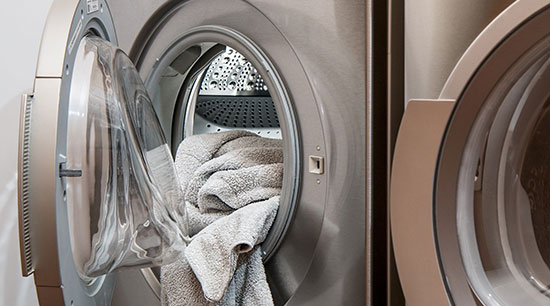Presented here down the page you can discover a good deal of good quality news relating to The Best Tips for Cleaning Up After A Washing Machine .

Just how you hand those precious mins after your cleaning device leaks as well as floodings can impact how quick your residential property obtains restored. Understanding what you must do and also who to call can save you from considerable damages. It will certainly also help aid you in applying for property owners insurance policy protection. Have a look at these leading suggestions listed below:.
Switch off the Power.
Turn of the breaker where the washing device is. It is important to make certain the washing machine is off. Water is a conductor, as well as doing this action ensures nobody deals with electrocution. Besides, you have to not use your washer till a professional repairman has examined it.
Take Out the Standing Water.
As you await the plumber or fixing technician ahead, you have to take care of the flood. If your washer is in the cellar with considerable flooding, you require a completely submersible pump to secure the water. You can lease or borrow this. Nonetheless, if it occurs in the middle of the evening, the old bucket method will also function. Usage several pails to manually discard out the water. It would certainly be best if you did this right away, as the longer the water stays, the much more considerable the damage.
Call the Pros.
If you think the issue is with your water line, you need to call a certified plumber. However, if you are uncertain, call a washer service technician for a fast analysis. He or she can inform you finest what the problem is. It could be an issue with the device itself or the pipes connecting to the machine.
Document the Damage.
Prior to tidying up this emergency flooding circumstance, you need to document whatever. Remember, photos, and videos. It would be best if you had every one of this as proof to support your insurance claims. After that you can call your home owner's insurance policy carrier to examine what various other demands they need to refine your demand.
Vacuum Any Remaining Water.
Making use of a wet/dry vacuum cleaner, get rid of the remainder of the water, and draw it from porous materials like walls, drywall, floor covering, as well as carpeting.
Switch Off Water System.
You need to turn off the water of the maker. Whether it overflows for unidentified factors, breaks down in the lower pipelines, or ruptures the main tube, you will be dealing with significant quantities of water. If the local supply line to the washing machine doesn't shut it off, you should turn off the major water shutoff outside your house.
Dry the Area as Long As Possible.
After obtaining the standing water, obtain sponges or old towels to suck out as much water from the floor or carpet. Keep the windows open up to circulate the air. You might also make use of electric followers to accelerate the drying procedure. Keep in mind, water will certainly cause mold as well as mold and mildew growth which is unsafe to your health and wellness. If you feel that the circumstance is too much to manage, you can also look for water removal services from a restoration business. Your insurance claim can likewise assist pay for this service, so simply ask.
Remember, a damaged washing machine with leaking pipelines will certainly lead to tragic damage due to the massive amounts of water it can offload. Hence, it would certainly help to have your maker and water lines examined each year. You can seek assistance from a reliable plumber to replace your supply line tubes. Doing inspections avoids demanding breakdowns and also costly break downs.
Washing Machine Flood Inspection Help & Tips
The source of the water from a washing machine loss could be from a water supply line, a waste water line, or a faulty part inside the unit itself such as the pump. Safety should always be the first concern. When water is present there is always the potential for an electrical hazard. If you are unsure, it s best not to enter the area.
If you can safely enter the area, the hot and cold water supply valves should be turned off behind the unit. If you cannot safely reach the valves or if a valve has failed, shut off the main water valve to the property. Once the water supply has been shut off the water supply lines will need to be detached and drained into a container. If the washing machine has water in the drum and it is/was not possible to run the spin or drain cycle, the drum will need to be drained manually with a cup or small bucket.
The waste water drain line will need to be removed from the drain inlet, and the dryer vent ducting will need to be detached. The washing machine and dryer will need to be moved in order to allow inspection of the walls and floor around the unit. Without a using a Dolly this can be difficult.
Once the units have been uninstalled, the walls, baseboard, and flooring materials can be tested for abnormal or high moisture content. Depending on the materials affected and the amount of moisture present it may be possible to correct this situation quickly. If you need help or have any questions please call us.
https://bigdogrest.com/water-damage/washing-machine-overflow-or-flood/

I am very interested by Washing Machine Flooding and I am assuming you liked the entire article. Do you know another person who is interested in the topic? Feel free to promote it. Many thanks for taking the time to read it.
Click For More Information
Comments on “Tackling Washer Overflows: Effective Tips To Immediate Flooding Management”